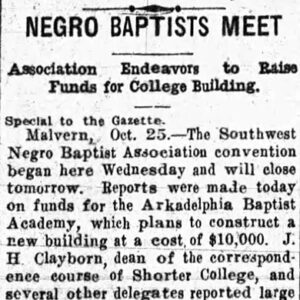 Baptist Academy Article
Baptist Academy Article
Entry Type: Thing
 Baptist Academy Article
Baptist Academy Article
Baptist Health
Baptist Health College Little Rock
Baptist Health-Fort Smith
Barbecue
Barber of Little Rock, The [Movie]
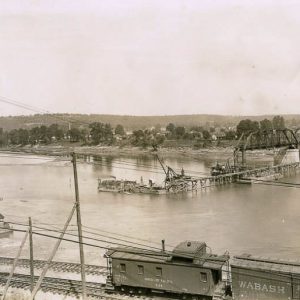 Baring Cross Bridge
Baring Cross Bridge
 Baring Cross Bridge
Baring Cross Bridge
 Baring Cross Bridge
Baring Cross Bridge
 Baring Cross Bridge; 1927
Baring Cross Bridge; 1927
Baring Cross Bridge
 Barkman House
Barkman House
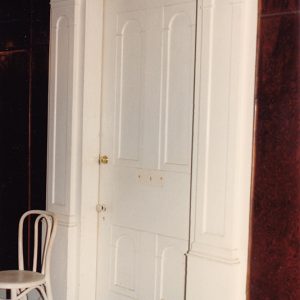 Barkman House Interior Door
Barkman House Interior Door
 Barkman House Staircase
Barkman House Staircase
 James E. M. Barkman House Exterior Door
James E. M. Barkman House Exterior Door
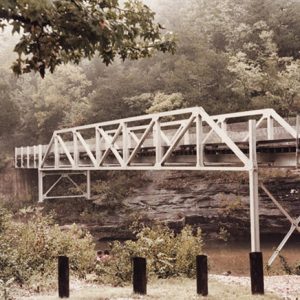 Barkshed Bridge
Barkshed Bridge
Barlow Hotel
 Barn with Mules by Howard S. Stern
Barn with Mules by Howard S. Stern
Barron-Craig House
Bart Tully [Steamboat]
Bartell, Fred Wallace
 The Bashful Bachelor
The Bashful Bachelor
Basketball
Basketry
 Daisy Bates Gravestone
Daisy Bates Gravestone
Bates School House
Batesville Confederate Monument
Batesville Daily Guard
Batesville National Guard Armory
aka: Abraham Armory
Batesville Regional Airport
 Bathhouse Row Certification Document
Bathhouse Row Certification Document
 Batrachochytrium salamandrivorans
Batrachochytrium salamandrivorans
Bats
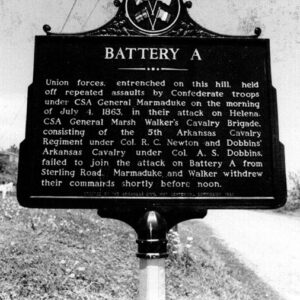 Battery A Marker
Battery A Marker
 Battery B Marker
Battery B Marker
 Battery C
Battery C
 Battery C Cannon
Battery C Cannon
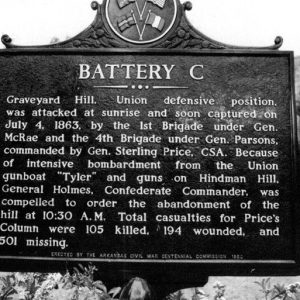 Battery C Marker
Battery C Marker
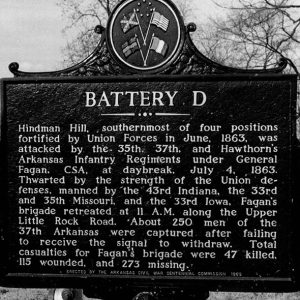 Battery D Marker
Battery D Marker
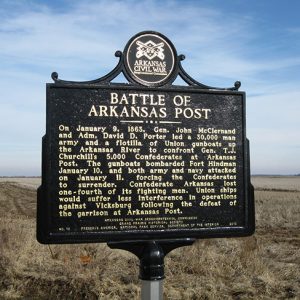 Battle of Arkansas Post Marker
Battle of Arkansas Post Marker
 Battle of Helena Monument
Battle of Helena Monument
 Battle of Lundy's Lane Soldiers' Monument
Battle of Lundy's Lane Soldiers' Monument
 "The Battle of New Orleans," Performed by Jimmy Driftwood
"The Battle of New Orleans," Performed by Jimmy Driftwood
 Battle of Reed's Bridge
Battle of Reed's Bridge
Bauxite and Northern Railroad
Bauxite Historical Association and Museum
Bauxite Mining
 Bauxite Mural
Bauxite Mural
 Bauxite, Official State Rock
Bauxite, Official State Rock




